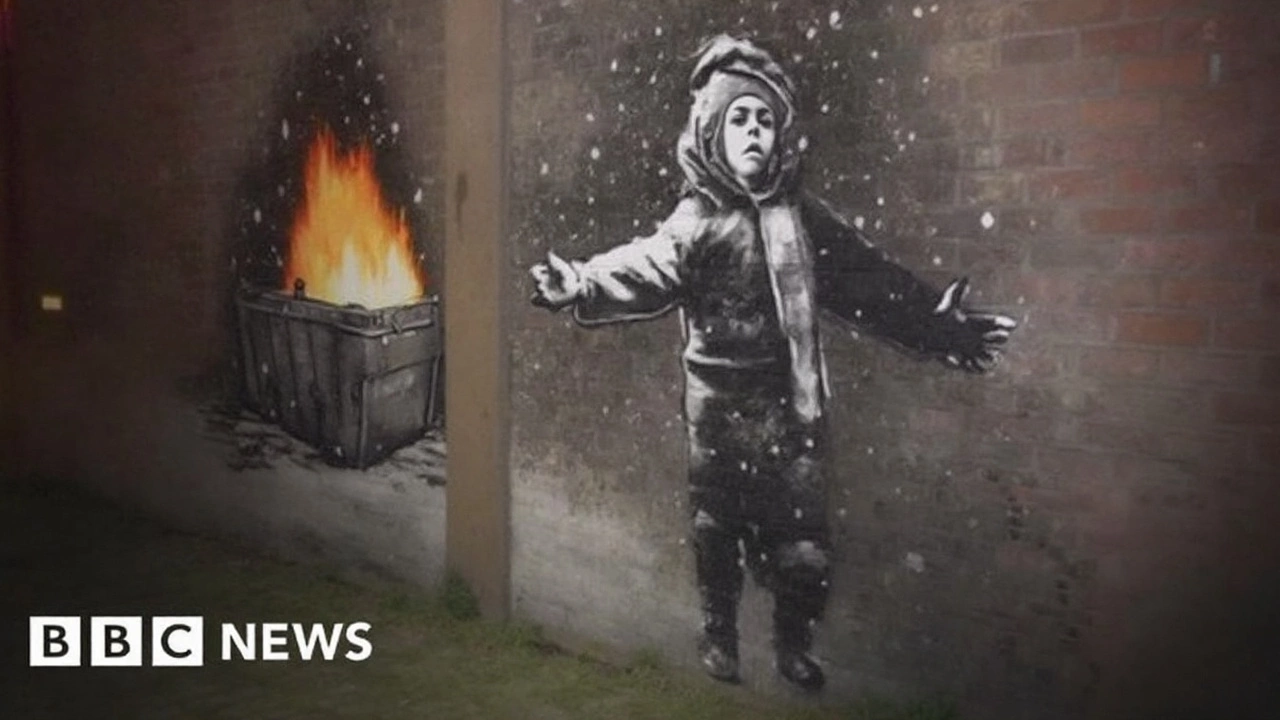A new verbatim play, Port Talbot Gotta Banksy, traces how a 2018 Banksy mural collided with the town’s shifting identity as blast furnace steel-making ended in 2024. Built from 150+ hours of resident interviews, the production tours Wales and spotlights jobs, pollution, and pride. With actors voicing locals’ words through earphones, the show captures a community balancing loss and resilience.
Steelworks Closure: What It Means for Workers and Communities
When a steel plant shuts its doors, the news hits hard. Workers wonder about their next paycheck, families worry about bills, and towns fear losing their main source of income. It’s not just about a building emptying out – it’s a ripple that spreads through schools, shops, and even local government services.
Why Steelworks Close
Most closures stem from a mix of falling demand, rising production costs, and global competition. If overseas rivals can make steel cheaper, local plants struggle to stay profitable. Add stricter environmental rules and the need for expensive upgrades, and the balance tips toward shutting down. Companies also look at their balance sheets; a big loss can force a quick decision to stop the line.
Immediate Effects on Employees
The first thing people notice is job loss. Many workers receive redundancy packages, but the amount varies widely. Some get training vouchers to shift into other trades, while others face months of uncertainty. Union groups often step in, negotiating for better severance and job‑search assistance. The real challenge is timing – a worker might need to start a new job before the severance check arrives.
Beyond the paycheck, morale drops. People who spent years on the shop floor feel tied to the plant’s identity. Losing that can lead to stress, anxiety, and a sense of displacement. Communities with a single steelworks often see a sharp rise in mental‑health visits after a shutdown.
Local businesses feel the pinch too. Cafes that served shift workers see fewer customers, hardware stores lose bulk orders, and schools might see a dip in enrollment as families move away. Property values can dip, making it harder for homeowners to sell or refinance.
On the flip side, some towns turn the closure into an opportunity. Former steel sites are repurposed into industrial parks, tech hubs, or green‑energy projects. Those redevelopment plans can bring new jobs, but they usually take years to materialize, and the skill set required often differs from traditional steelwork.
If you’re directly affected, start by checking your rights. Redundancy laws differ by region, and many governments offer job‑placement services. Update your CV, reach out to industry contacts, and consider short courses that add value – welding certifications, CNC machining, or even project management can open doors.
For local leaders, the key is communication. Host town hall meetings, share clear timelines, and involve residents in planning the site’s future. Transparent dialogue can keep community spirit alive while new projects are being scoped.
In short, a steelworks closure reverberates far beyond the factory floor. It hits wallets, mental health, and the local economy. But with proactive steps, both workers and towns can navigate the transition and find a fresh start.


